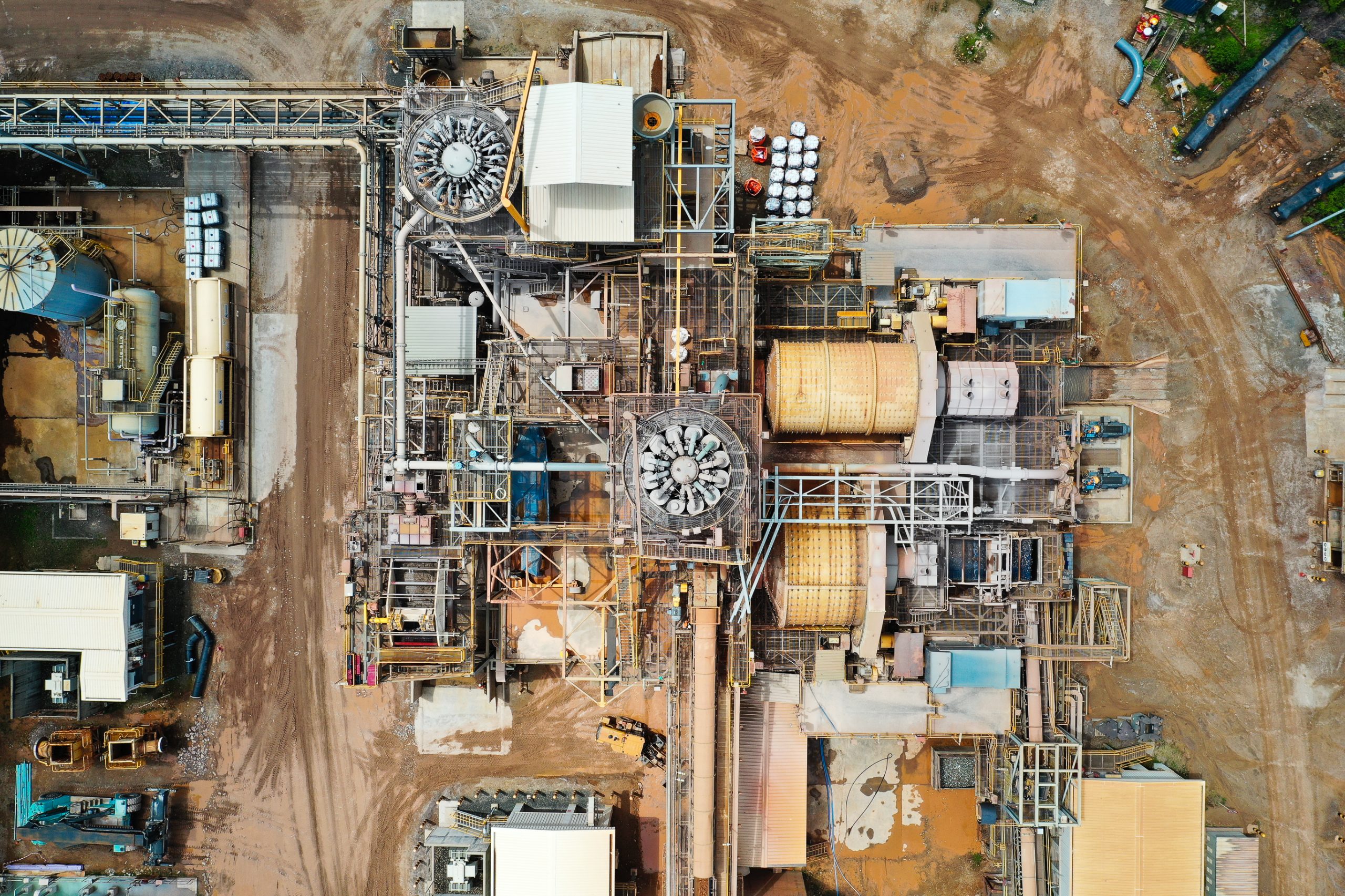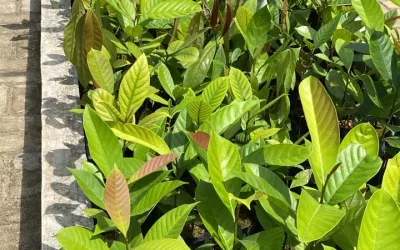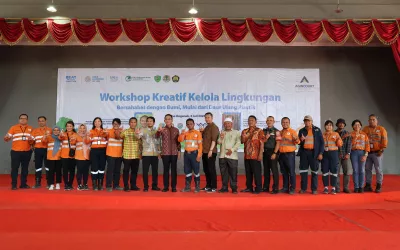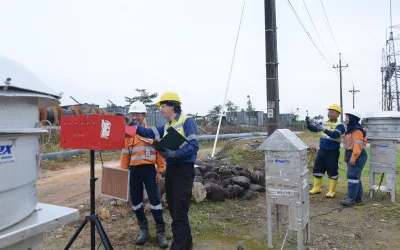For decades, Indonesia has been exporting raw minerals. This is no longer desirable; there must be processing and refining processes. In fact, on January 12, 2014, the Indonesian government imposed a ban on the export of raw minerals. From an economic perspective, the market value of minerals will be significantly higher when processed, rather than in the form of ore or concentrate.
Previously, through Law No. 4/2009 concerning Mineral and Coal Mining (minerba), the government has mandated mining companies to establish mineral ore processing plants (smelters). A smelter is a mining processing facility that plays a crucial role in enhancing the metal content such as tin, nickel, copper, gold, and silver to meet the standards required as raw materials for end products. This process includes the cleaning of metal minerals from impurities and purification.
Read Also: Winner of the 3rd ASEAN Mineral Awards – Category Mineral Processing – Metallic
Operation of Smelters
The smelting process involves stages of melting and separating metals from their raw materials. The following are the general steps in the operation of a smelter:
- Preparation and Processing of Raw Materials. Mineral ore may contain the desired metals along with other impurity minerals. The ore is reduced to a smaller size through crushing and milling. At this stage, the ore may also undergo pre-smelting processing, such as stripping, drying, or magnetic separation.
- Smelting. After the processing of raw materials, the mineral ore is introduced into a furnace at high temperatures with carefully controlled environmental conditions to allow the separation of metals from impurities or other minerals. Metals with lower melting points will melt first and be collected in a liquid form.
- Separation of Metals from Slag and Impurities. After smelting, the resulting liquid metal is separated from a byproduct called slag. Slag is formed from oxidized impurity materials that melt during the smelting process. Separation is achieved using techniques such as gravity, differential density, and other separation processes. The resulting liquid metal is collected in a container or a specialized mold to form ingots or other desired shapes.
- Further Processing. After separation from slag, the metal may undergo further processes to enhance its purity and quality. These processes may involve techniques such as electrolysis, casting, cooling, or additional purification using chemical or physical methods.
- Advanced Processing and Utilization. Once the desired level of purity is achieved, the metal can be used for various applications, such as in manufacturing, construction, electronics, automotive, and other industries.
However, the operation of a smelter can vary depending on the type of metal, the smelting method employed, and other factors such as operational scale and the technology applied in the smelting facility.
Functions and Benefits of Smelters
Essentially, the enactment of the Smelter Law is a positive initiative by the government, aiming to provide benefits for the country, job seekers, consumers, and companies. The following are several functions and benefits of smelters.
- Enhancing the market value of minerals and metals to boost national revenue.
- Encouraging both local and international investors to inject higher investments.
- Creating more employment opportunities, thereby reducing unemployment rates.
- Supporting the development of downstream industries in Indonesia.







